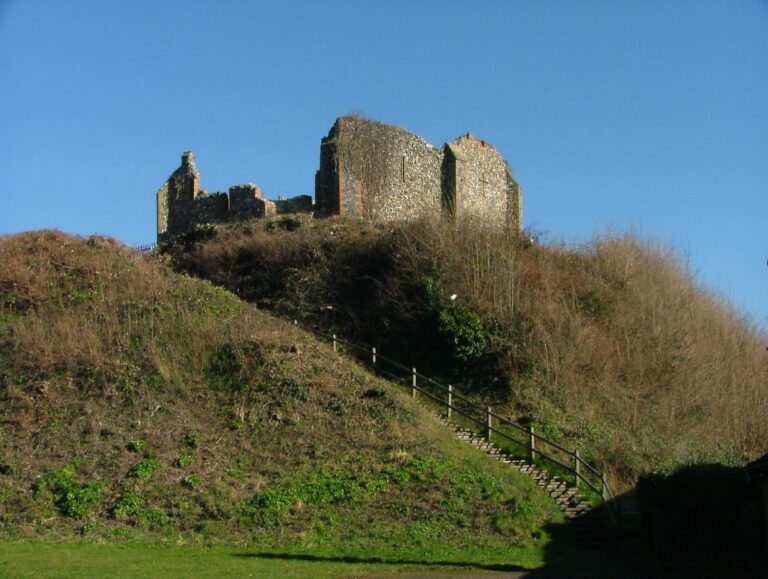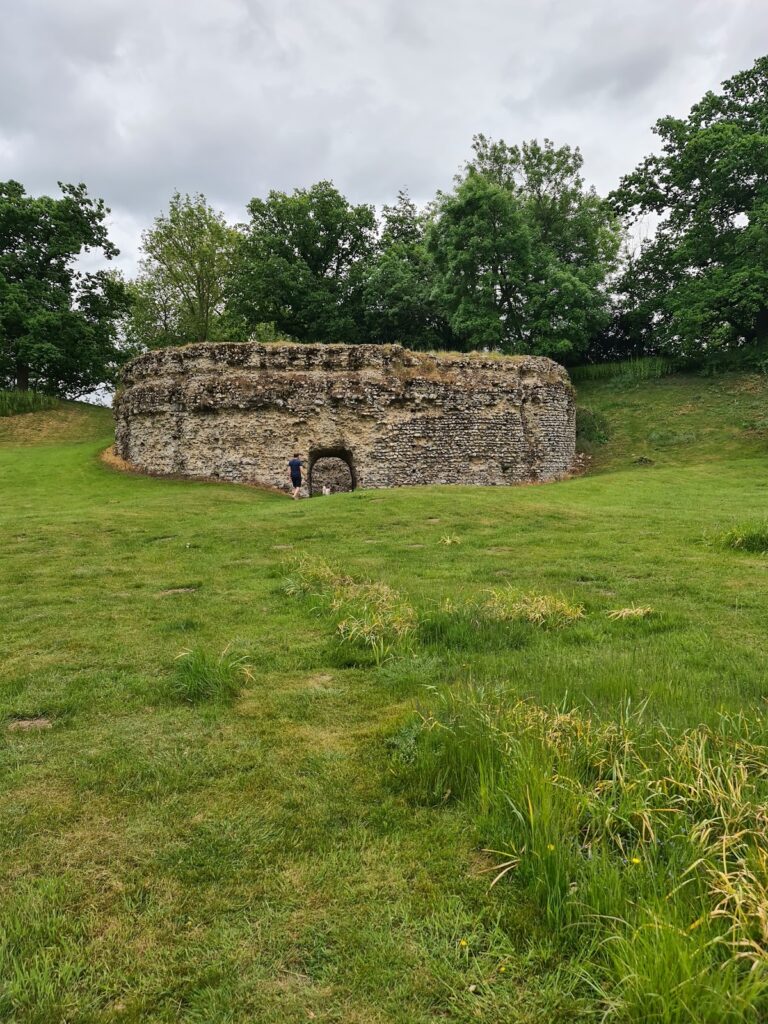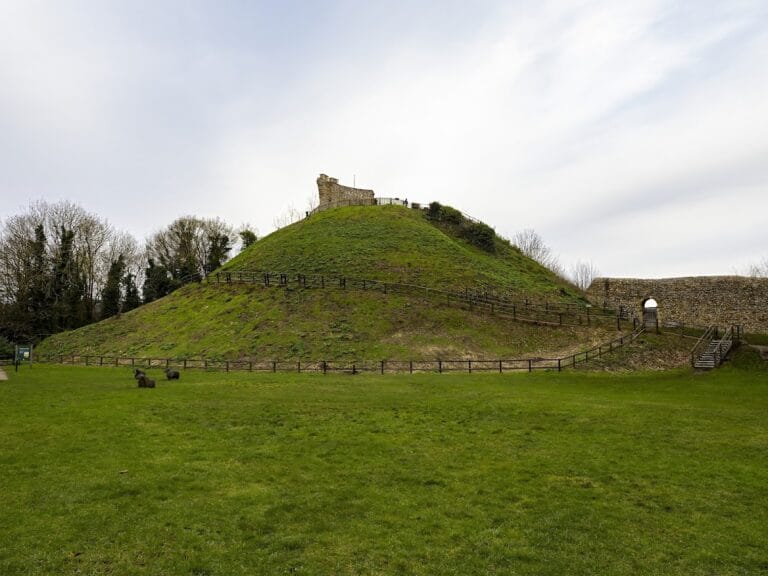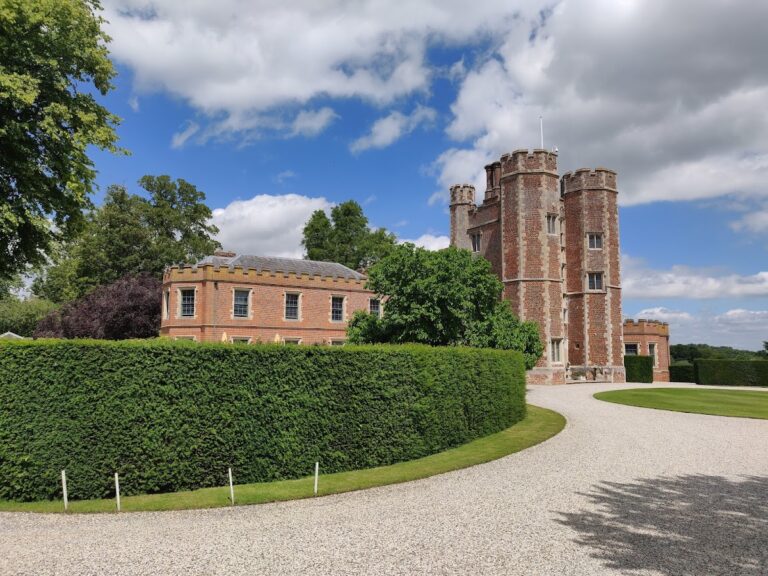Haughley Castle: A Norman Motte and Bailey Fortress in England
Visitor Information
Google Rating: 3
Popularity: Very Low
Google Maps: View on Google Maps
Official Website: en.wikipedia.org
Country: United Kingdom
Civilization: Unclassified
Remains: Military
History
Haughley Castle stands in the village of Haughley in England, a site originally established by the Normans following their conquest of the country. The castle was built in the late 11th century by Hugh de Montfort as a fortified residence and administrative center.
During its early years, Haughley Castle served as the main stronghold, or caput, of the Honour of Haughley—a feudal estate obligated to supply soldiers and knights to the constable of Dover Castle in accordance with the castle-guard system. After Hugh de Montfort chose a religious life and became a monk in 1088, the castle remained in his family’s possession until the mid-1100s. Near the end of King Stephen’s rule, ownership transferred to Henry of Essex, known for his loyalty to the crown.
Henry of Essex’s standing changed when Henry II became king. In 1157, Henry of Essex was convicted of cowardice, resulting in the loss of his estates. By 1163, the castle was seized by the crown and entrusted to Ralph de Broc, who held it on behalf of Henry II into the 1170s. Ralph maintained a garrison of around 30 soldiers to defend the site during this politically unstable period.
In 1173, amid a rebellion led by Henry II’s sons and their allies, including Robert de Beaumont, Earl of Leicester, Haughley Castle was besieged by rebel forces. The defenders eventually surrendered, and the castle was deliberately set ablaze. Although the uprising was ultimately unsuccessful, this attack left the fortress in ruins.
Following the destruction, the castle was rebuilt entirely. Reconstruction included the addition of a manor house within the inner bailey, reflecting a shift toward residential comfort alongside military functions. Over the following centuries, the outer bailey was gradually filled in, marking changes in the castle’s layout and use.
By the 18th century, physical remains of the castle’s keep were altered when Richard Ray removed the surviving parts of the tower in 1760. Nonetheless, significant foundations remain visible today. Interest in the castle’s history and archaeology has continued into modern times, demonstrated by a major excavation in 2011 that uncovered extensive stone remains. In 2023, the local community commemorated the 850th anniversary of the 1173 siege through a series of events reflecting on the castle’s historical importance. Today, the site is protected as a scheduled monument, preserving its legacy for future study and remembrance.
Remains
Haughley Castle was constructed as a motte and bailey fortress, a common Norman design featuring a raised earth mound (the motte) accompanied by an enclosed courtyard (the bailey). The motte at Haughley is particularly large, with a base measuring approximately 210 feet (64 meters) wide. While earlier estimates placed the motte’s height at around 80 feet (24 meters), some scholars now suggest it stood closer to 40 feet (12 meters). This substantial earthwork served as the castle’s principal defensive feature.
The bailey was rectangular in shape, measuring roughly 390 feet (120 meters) by 300 feet (91 meters). Its main entrance was positioned on the western side, controlling access to the enclosed space. Both the motte and bailey were surrounded by a deep ditch supplied with water from a nearby stream, creating a wet moat that enhanced the defenses.
Evidence suggests the motte may once have supported a stone shell keep—an enclosed stone wall around the summit—though the foundations of such a structure are no longer discernible. Archaeological investigations have revealed a separate circular foundation at the site of the keep tower, with walls exceeding eight feet in thickness. These foundations remain visible today and testify to the formidable construction of the castle’s central tower.
Excavations in 2011 brought to light extensive foundational remains as well as numerous fragments of intricately carved and finely dressed stone. These findings indicate a high level of craftsmanship used in the castle’s construction and imply that parts of the site were designed with considerable attention to detail and aesthetic qualities.
In addition to the primary motte and bailey, there are indications that an additional bailey once enclosed the existing earthworks and the village church nearby. Over time, however, the outer bailey was filled in as the castle evolved and its defensive priorities shifted.
The earthworks at Haughley Castle are regarded as exceptionally well-preserved examples of Norman military architecture. Historians have described them as among the most intact and important of their kind in Suffolk and the broader East Anglia region. These surviving features provide valuable insights into medieval fortification methods and the castle’s strategic role throughout its history.






